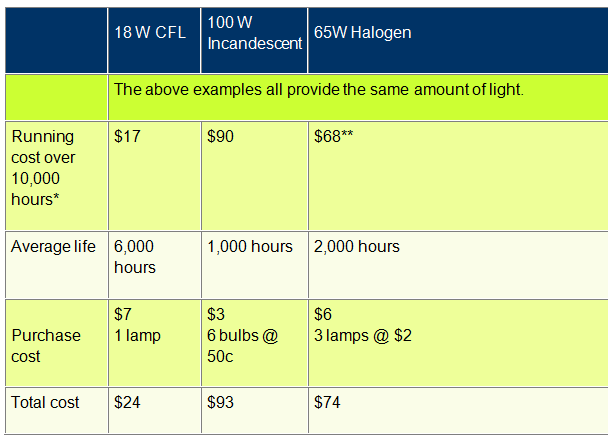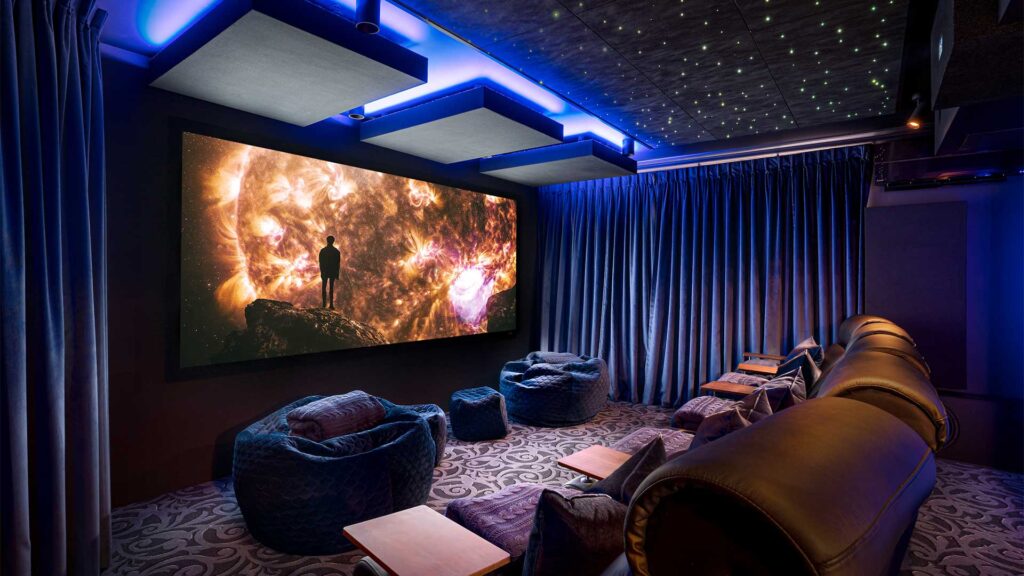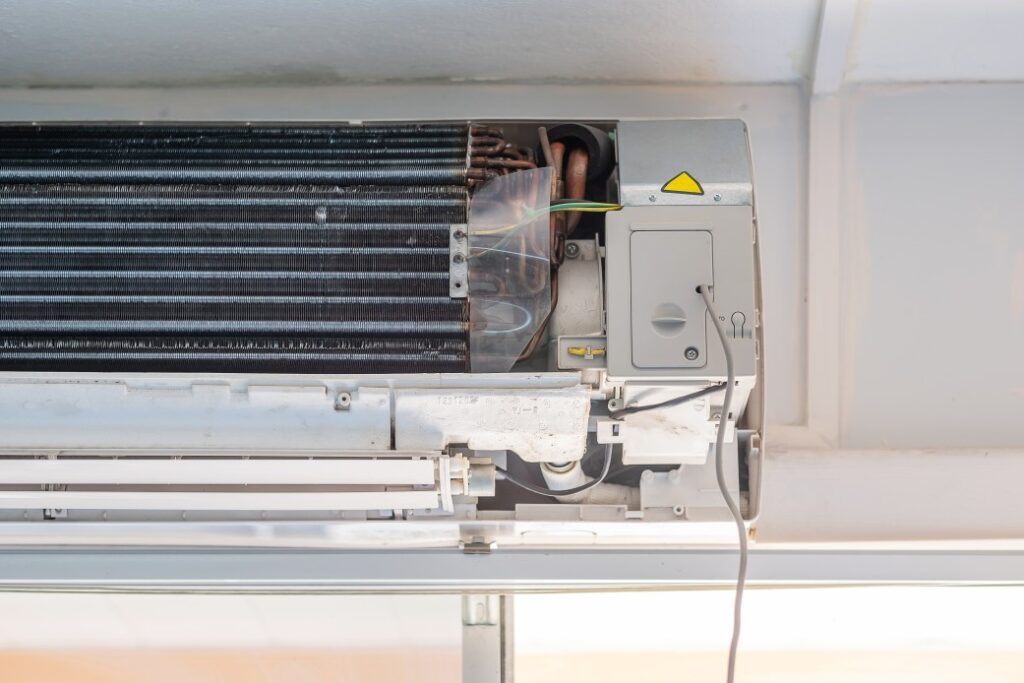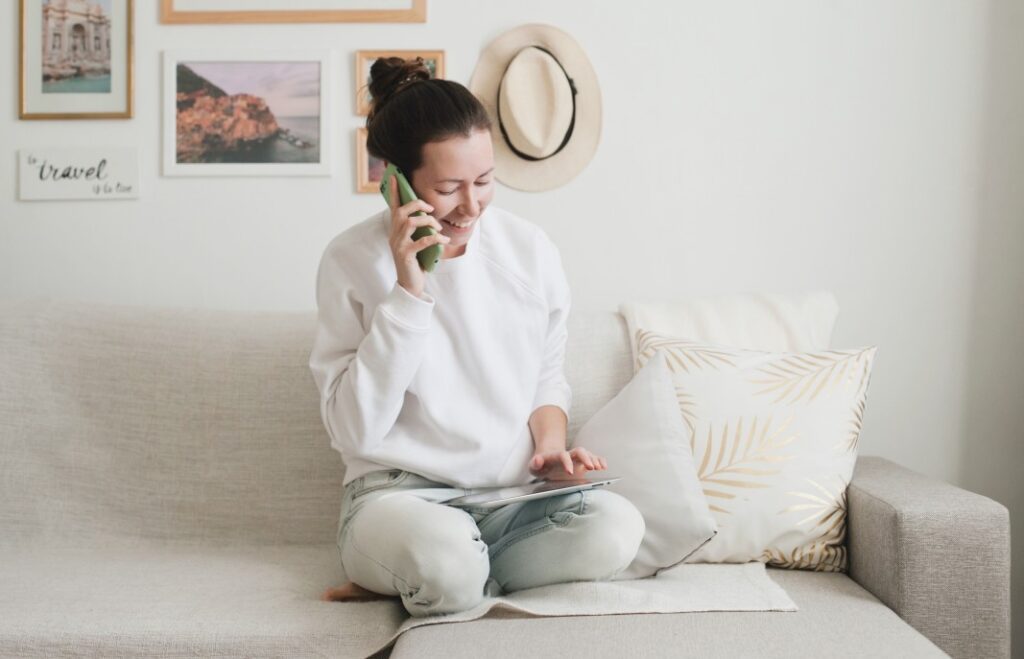Looking after the environment is very important to the team at Live Electrical and Air Conditioning. That’s why we always recommend eco-friendly appliances and products. These innovative products and clever solutions, alongside our list of tips below for reducing your electricity use, will help you save money AND be more energy efficient. It’s a win/win! So, if you’re looking for new equipment or if it’s time for a service, make sure you call us first for a quote on 1800 548 332 or email admin@livesg.com.au and we’ll get back to you promptly.
Do you have any tricks for saving electricity that you use in your home? Comment below with your ideas.
- Switching your mobile chargers off at the wall can save you up to $50 a year
- Be Aircon Smart– set your air conditioner at 25°C in summer and 18°C in winter as these are the most comfortable and energy-efficient temperature settings
- In comparison of an air con running for 4 hours a day and on for 100 days of the year at 20 degrees costs aprox $70 dollars a year. Running the same amount of time on 25 degrees = $45
- Turning your electric toothbrush and shaver off at the wall can save you up to $50 a year2
- Reducing your shower time from 8 to 4 mins can cut hot water costs by 50%
- Turning off your second fridge can save you between $100 and $200 a year
- Using a clothesline rather than a dryer can save you around $150 a year
- Installing or using economy tariff options for your hot water system and other appliances. Standard Pool on tariff 11 filter running at 8 hours a day will cost you appox $870 a year change to tariff 31 will cost approx $350 a year saving you $520 a year
- Buying a computer? Laptops use up to $50 a year less electricity than desktops6
- Water saving shower heads can save you up to $200 on your hot water
- Set your dishwasher to an economy cycle and save up to $50 a year
- Changing 10 60W incandescent globes to fluorescent 11w globes = $200 a year 5 globes at 1 hour a day = $20 a year running at 5 hours a day
Calculations based on;
Three chargers on 24 hours a day with a standby wattage of 1.8w.
Showering for half the time.
Energy consumption of a 300 litre fridge.
Four loads drying for 1 ½ hours each week in a 5kg dryer (2400w).
The difference between a standard laptop (168w) and a standard desktop computer (420w), in use for 3 hours per day.
A household of four people taking one 4 minute shower per person per day, with the hot water connected to Tariff 33.
14 place dishwashers with a 3.5 to 4 star star rating based on 1 load per day.
Appliances:
- Choose appliances by looking at their energy rating. The more stars in the rating, the more you will save on your energy bills.
- Make sure the appliance is installed properly
- Make sure the refrigerator has the correct temperature set on the thermostat and that it is positioned in a cool spot in the home where air can circulate around.
- Try to use the clothesline as often as possible, rather than the clothes dryer.
- Turn off appliances at the power point when not in use.
Hot Water Use:
- Investigate alternatives to conventional hot water systems.
- Choose a hot water system with a high energy star rating
- Check that your hot water system and hot water pipes are well insulated.
- Limit showers to less than 5 minutes.
- Install efficient shower head or water restriction valves.
- Wash clothes using a cold water cycle.
Lighting:
- Turn off lights when you leave a room
- Install compact fluorescent lighting (CFL) in areas that are used for long periods of time.
- Use fluorescent lamps rather than incandescent lamps where possible. Fluorescents use about 70% less electricity than incandescent lamps of similar output and are very efficient for areas where lighting is required for long periods of time. Fluorescent lamps are between two and ten times the price of an incandescent light bulb, but have ten times the life.
- Don’t leave outdoor lights on all night or during the day. Install timing devices, light sensors or movement detectors for outside use.
- Make use of natural light by positioning desks, tables & seating near windows.
- Use the lowest wattage light needed to adequately light up an area.
- Choose light fittings that allow most of the light through so a lower wattage bulb can be used. Some light fittings can block 50% or more of the light.
- Clean light fittings regularly to allow more light to pass through.
- Use incandescent lights for general or special purpose lighting only in rooms used infrequently and for short periods, such as laundries and toilets.
- Downlights provide bright pools of light rather than general illumination. Up to six downlights may be required to light the same area as one pendant light. They can also cause gaps in the ceiling insulation, particularly if they require clear space to allow heat to dissipate.
- Think about other ways of lighting with fluorescents before installing halogens. If you select halogen lamps, you can still save energy by fitting lower wattage and more efficient bulbs.
- Light coloured paint and furnishings reflect light, reducing the need for high levels of artificial lighting.
Running costs
The cost of running a light is directly related to the wattage of the globe. The higher the wattage, the higher the running cost. Compact fluorescent lamps (CFLs) are cheapest, when the life cycle cost is considered. The cost of your lighting will also depend on the type of lighting you select and the length of time you leave your lights on.
The table below shows the lifecycle costs for lighting systems using different globes to produce the same amount of light. Lifecycle costs include purchase, running and replacement costs.

Running Cost ($) = Light Wattage (W) / 1000 * Running hours (Hours) * Electricity tariff (cents/KWh)* Based on 15 cents per unit of electricity,
** Includes magnetic transformer losses.
Source: http://www.sustainable-energy.vic.gov.au/seinfo/your-home/lighting/running_costs.asp
Heating & Cooling:
- Insulate the floor, walls and ceiling of your home.
- Seal out draughts.
- Use close fitting blinds.
- Choose and install an energy efficient heater or cooler.
- Wear more clothes in the cold instead of turning up the heater.
Switch off heaters and coolers when you are not home.






